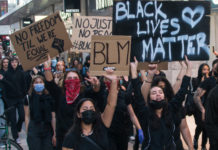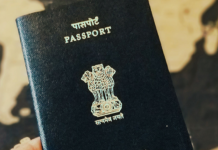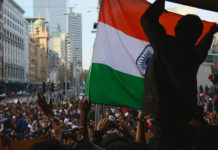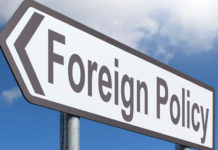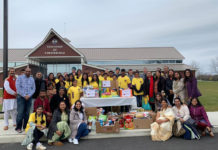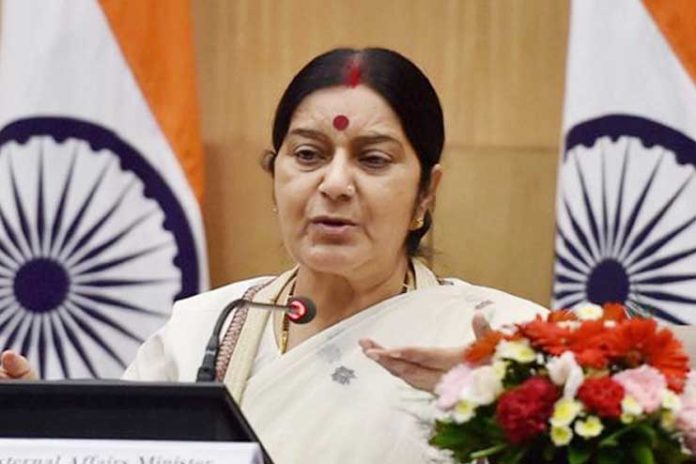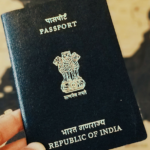External Affairs Minister Sushma Swaraj has in person involved in Rendering aid to distressed Indians overseas as it has been one of the priority areas of the National Democratic Alliance Government since it came to power in 2014.
There have been several instances in the past three years of people approaching New Delhi for help for restoration of rights and acts of harassment, domestic abuse, discrimination and fraud.
Last Saturday, Swaraj during the panel discussion on Indian Community Organizations, working for Indian Nationals in Distressed Situation said, “The Indian embassy is a home away from home. I tell this to all embassies that to make a standard image for yourselves that you can come to. Open House, where ever you want. The first thing an NRI should see is “Pardesh mera dost, Bharitya dootavas” (My Friend in a Foreign Land is the Indian Embassy).
Previously, when distressed people used to approach ambassadors, they used to be sent back, that how can a downtrodden person come to the embassy, this place is meant for those who wear ties. And today, they say that at least one person comes to them so they can tweet about them that they did his or her work. Such a big change has come. Now, the situation is that I do not have to say anything. All embassies have become so vigilant. I appreciate people on my twitter account who do good work.”
One need not return to 2014-15 to see welcome humanitarian change in approach. Between January to May 2018, there have been many cases, most of them relating to the Gulf region. The Ministry of External Affairs (MEA) is being viewed as a savior by the Diaspora for all kinds of emergencies.
On April 6, a woman hailing from Hyderabad, was allegedly trafficked to Dubai and Oman and was rescued by the Indian Embassy in Muscat following the intervention of Swaraj.
Recalling her miserable existence before being rescued, the victim said “I was hoodwinked by agents and taken to Dubai and Oman on the promise of being provided a job. I faced torture and harassment from her agents and employers. I was finally rescued and I would like to thank EAM (External Affairs Minister) Sushma Swaraj and Indian Embassy,”
According to an annual report of the Ministry of Overseas Indian Affairs, the Indian Diaspora comprises of People of Indian Origin (PIO) and Non-Resident Indians (NRIs). They are a communities, representing diversity of forms, types, geographies and times of formation, and therefore, require diverse and distinct approaches to engage them and connect with India.
By Sowmya Sangam




